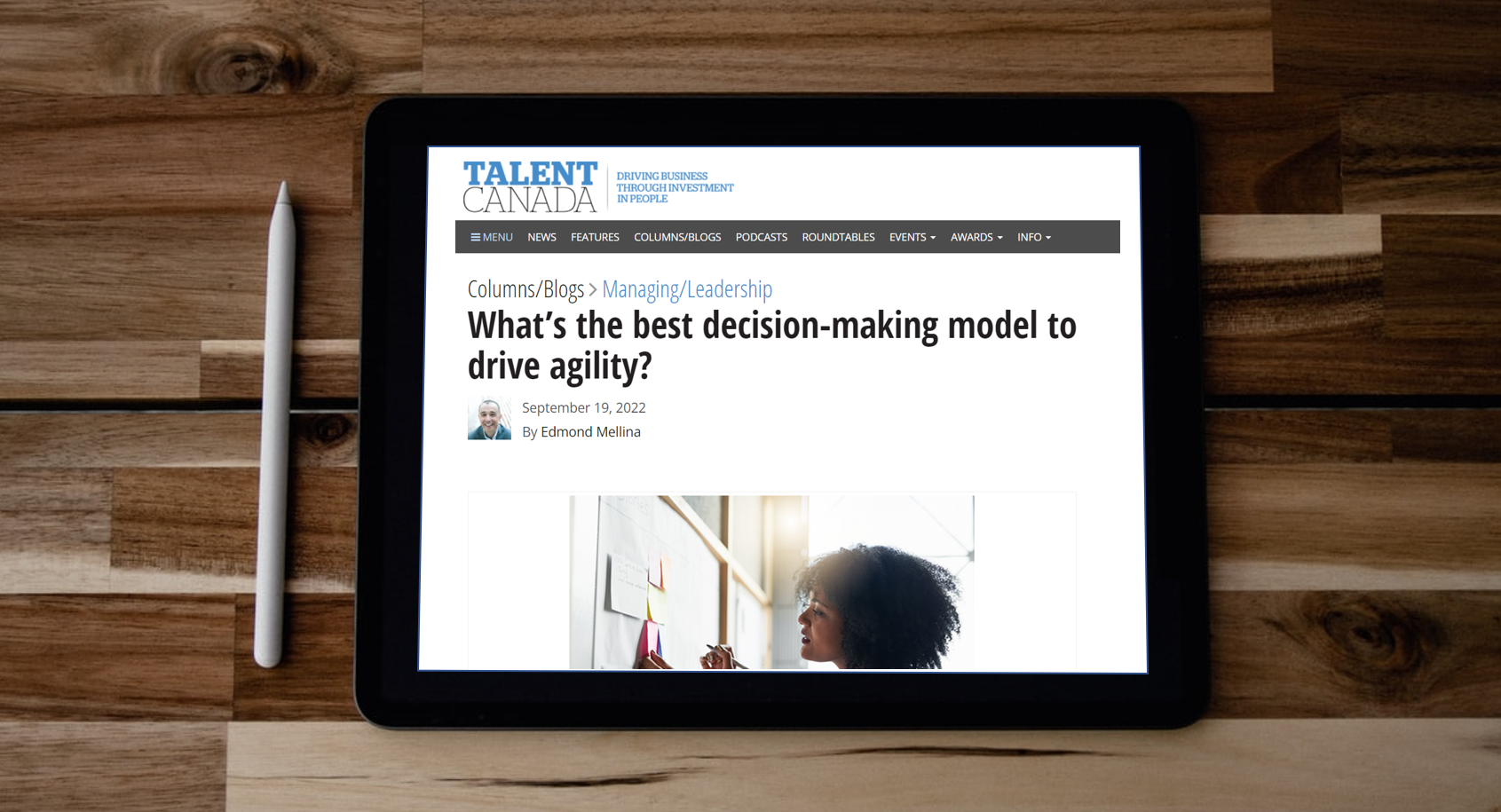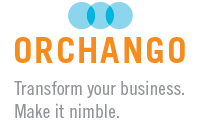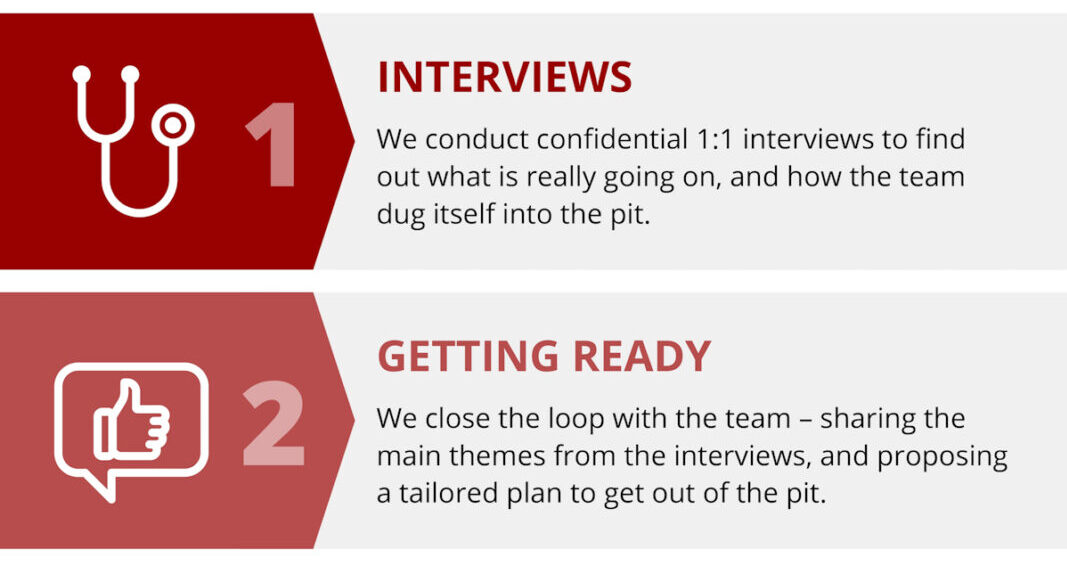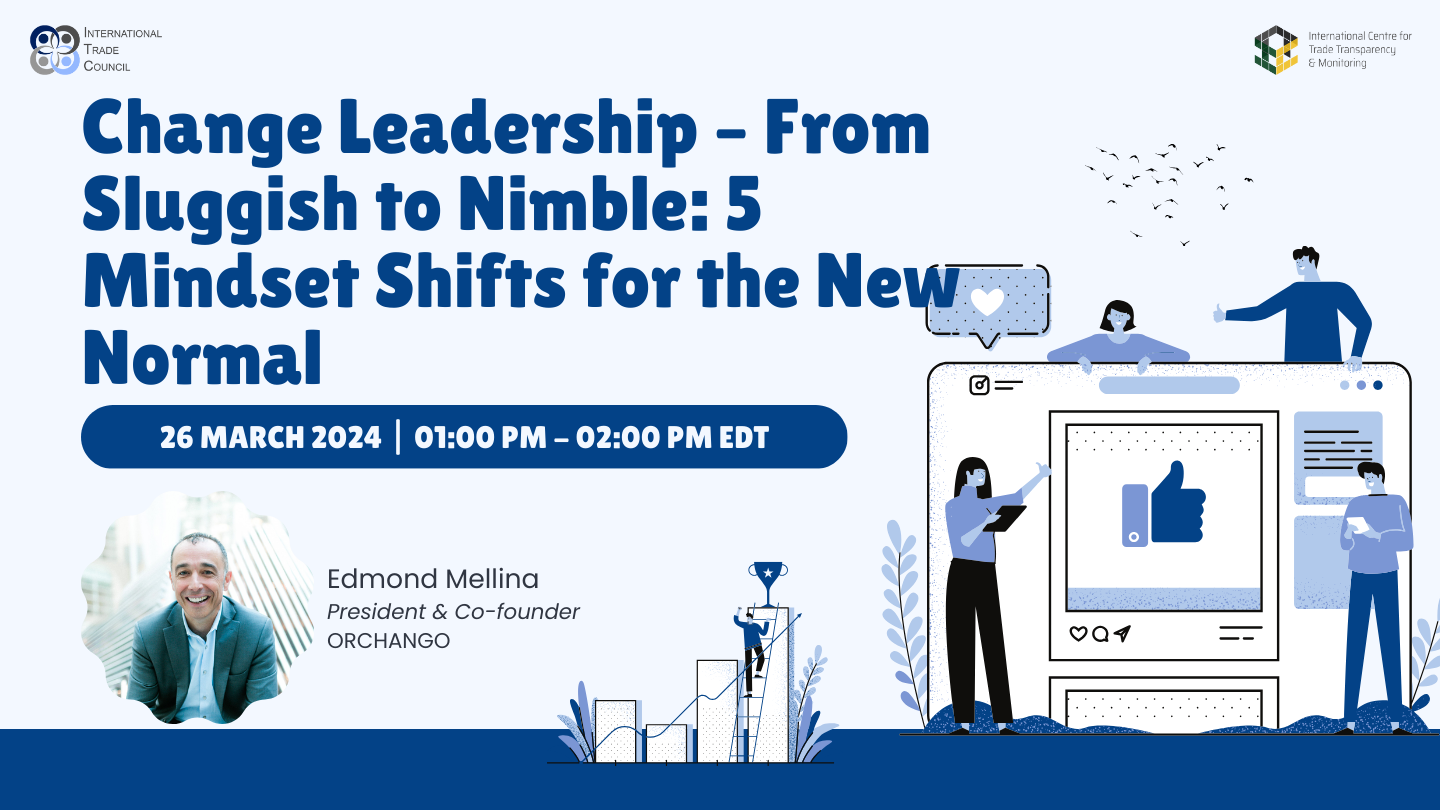How do you transform the dynamics of a team (leadership or otherwise) from dysfunctional to…
What’s the best decision-making model to drive agility?

Latest article by ORCHANGO President & Co-founder Edmond Mellina, written for Talent Canada.
To be nimble, organizations must make decisions in a timely fashion and at the right level in the business. I’m not talking here about big strategic decisions – these are few and far between. Instead, I’m referring to the thousands of smaller decisions that the organization’s talents make throughout the year. So, which model should we use to drive nimbleness?…
Read the full article below ⬇️ or on Talent Canada’s website: What’s the best decision-making model to drive agility?
To be nimble, organizations must make decisions in a timely fashion and at the right level in the business. I’m not talking here about big strategic decisions – these are few and far between. Instead, I’m referring to the thousands of smaller decisions that the organization’s talents make throughout the year.
So, which model should we use to drive nimbleness?
The most popular frameworks are not the best for nimbleness
An internet search on the phrase “decision making frameworks” will yield a plethora of options.
Interestingly, the most popular frameworks – the ones featured prominently on the search results – are not the best for nimbleness…
To understand why, let’s start with a brief history of the three classic decision-making frameworks.
The granddaddy is the RACI framework. It appeared in the 50’s and it’s unclear who invented it. However, it’s not really a decision-making model. Instead, it is a tool for the execution of decisions.
In the 80’s, software company Intuit came up with the DACI model – which is for both decision making and execution.
During the dot-com era, strategy consulting firm Bain & Co trademarked its RAPID® framework. It is perfectly suited for big, strategic decisions and their executions.
Over the years, a bunch of alternatives appeared for each of the three classic frameworks: PACSI, RATSI, PARIS, RASIC, RASCI, RASCEIO, PDQA, DRASCI, etc.
The problem with these frameworks
All these models are quite complicated – which is not conducive to nimble, day-to-day decision making.
To start with, the acronyms under which they are known feature at least four letters and up to seven. That is too many letters; it is not easy to remember; and it creates confusion among those involved in decision making.
Also, all these frameworks incorporate an element of execution. Don’t get me wrong, execution is critical. Indeed, what is the point of making decisions if you don’t implement them?!
However, by bridging decision making and execution, these models complicate the matter. And when things are complicated, well, it goes against agility!
DCI / ACI: lesser known but great for agility
If we keep going through the results of the above internet search – and assuming we look very carefully – we will eventually find a few mentions of a simpler alternative to the DACI model.
It’s mostly referred to as DCI: D stands for Decision Maker; C for Consulted; I for Informed. But sometimes, instead of C for Consulted, it is A for Advice Givers. In that case, the framework is referred to as DAI, but it is the same as DCI.
Three characteristics make this less popular framework perfectly suited for day-to-day, agile decision making.
First, it focusses squarely on decision-making; it doesn’t try to tackle execution.
Second, with only three letters – DCI or DAI – it is easy to remember.
Third, the roles corresponding to each of these three letters are straightforward. There is no confusion.
In other words, DCI – also known as DAI – doesn’t try to boil the ocean; it’s easy to remember; and it’s clear and pragmatic.
For agility’s sake, give it a try!




This Post Has 0 Comments